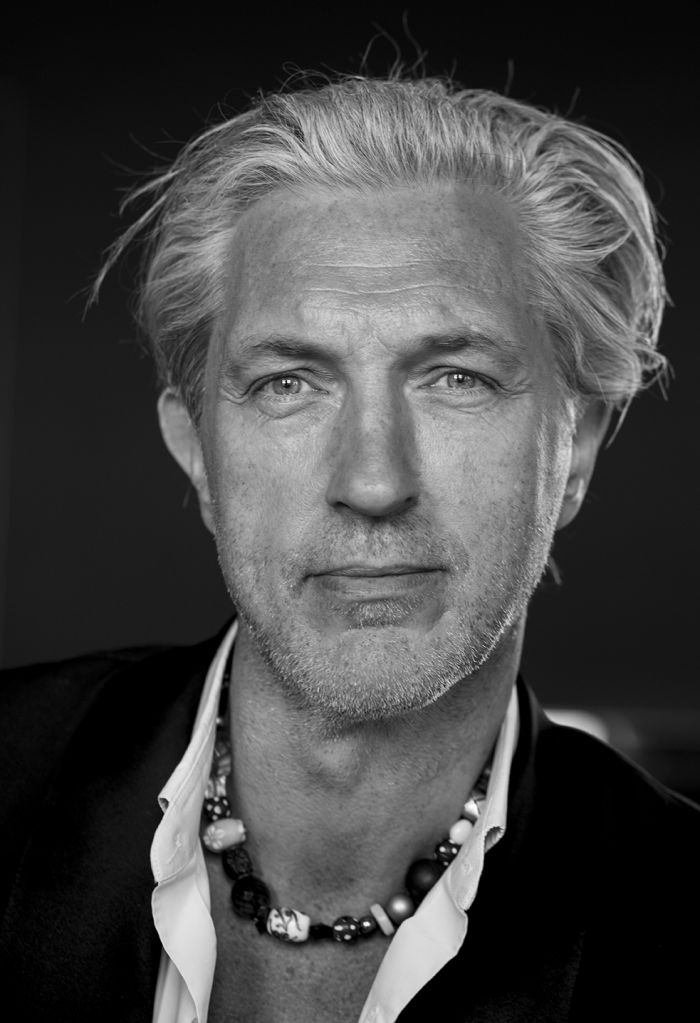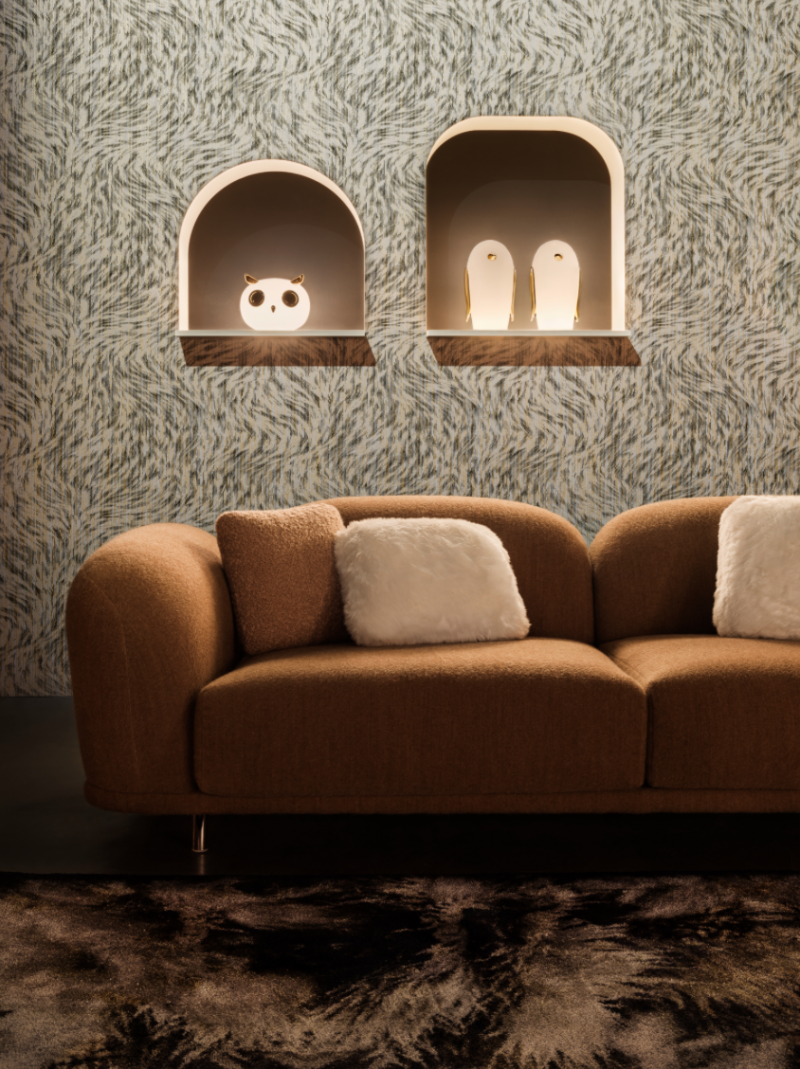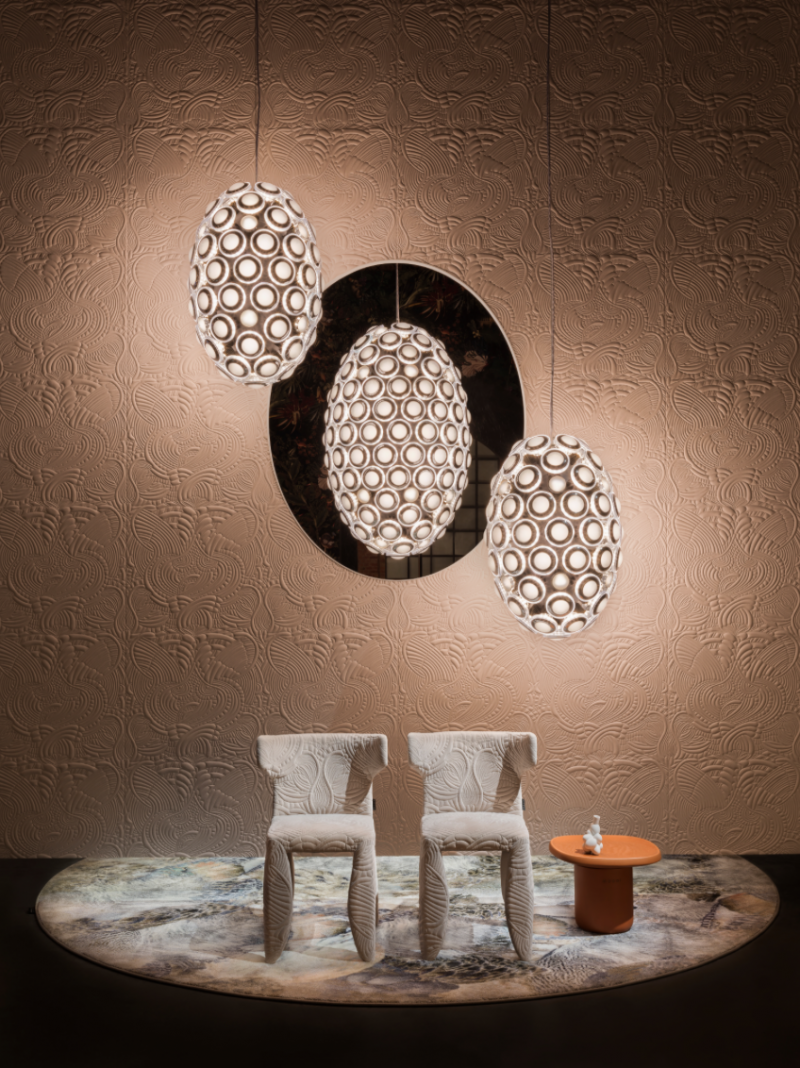esoteric
‘I give my imagination free rein, that’s my guiding principle. That’s always been the case. It took a while before I realized that my esoteric way of thinking was intertwined with modernism and the aesthetic principles that are contained in it and still determine the appreciation for design. My motto ‘Designer of a New Age’ is not new. I thought of it a long time ago, wanting to express the new position and the new mentality that I believe the design profession needs. It didn’t start out as a professional statement; it came up in connection with my personal situation when I was in school. With my former girlfriend, who unfortunately had cancer, I was engaged in alternative medicine for a while. That’s based on a holistic idea of humanity, in which intuition and creativity are underlying mainsprings. Those insights were a great support and I found the idea of a new era, which would ideally come with a new kind of design, very appealing.’




